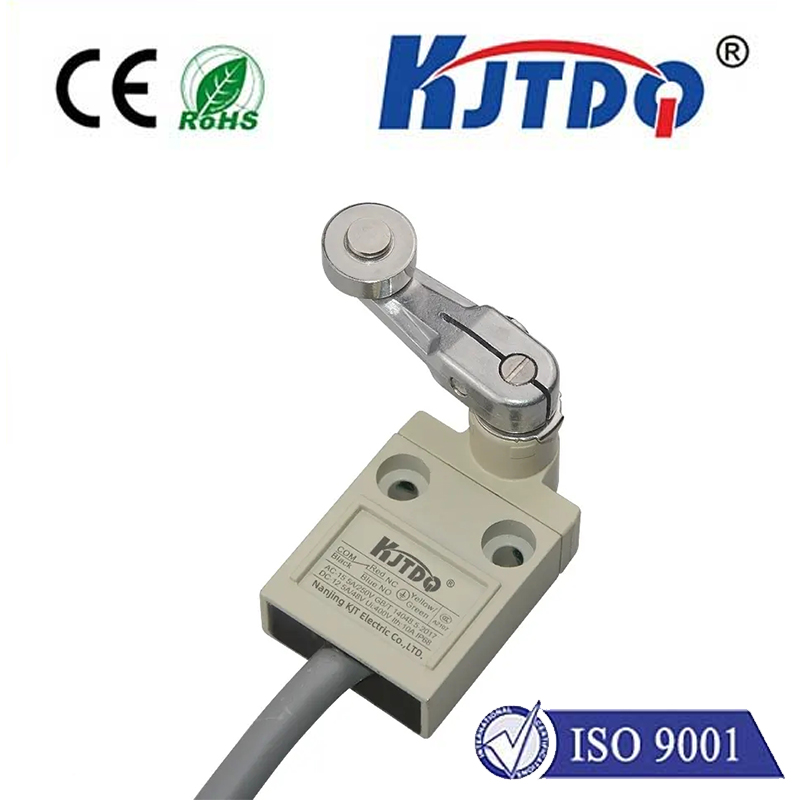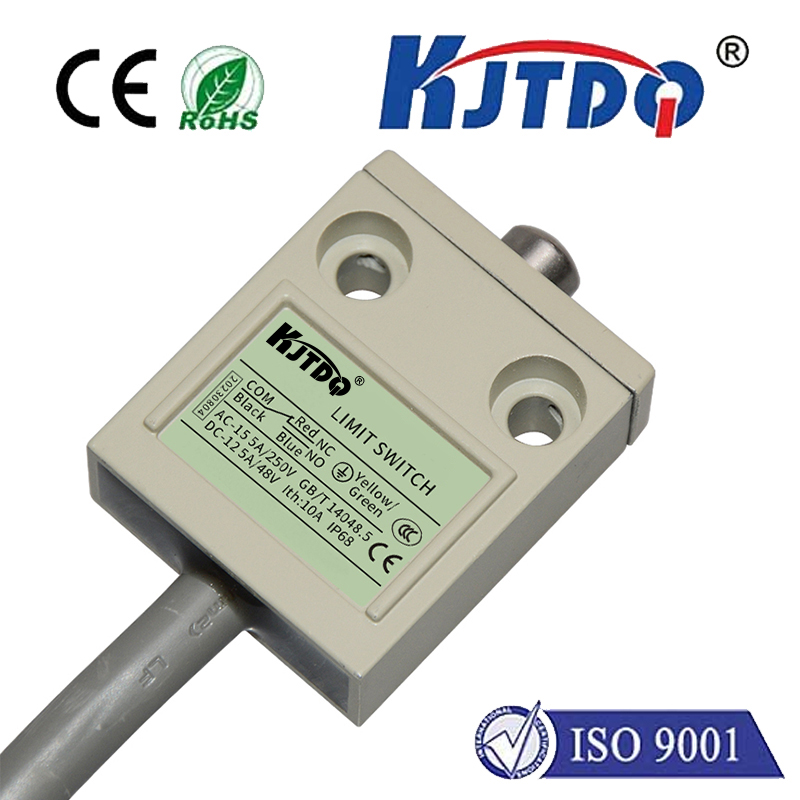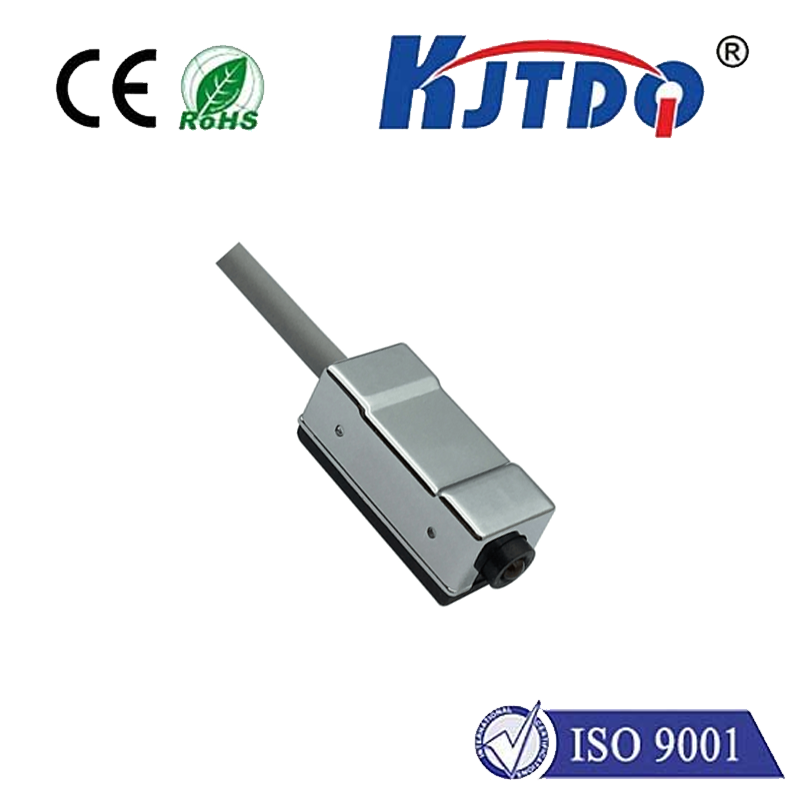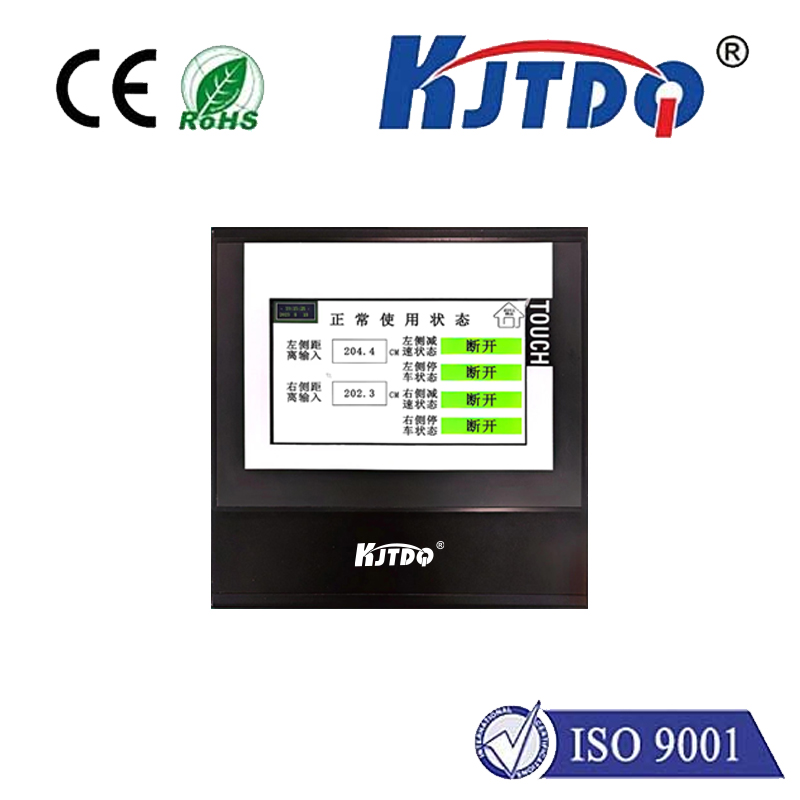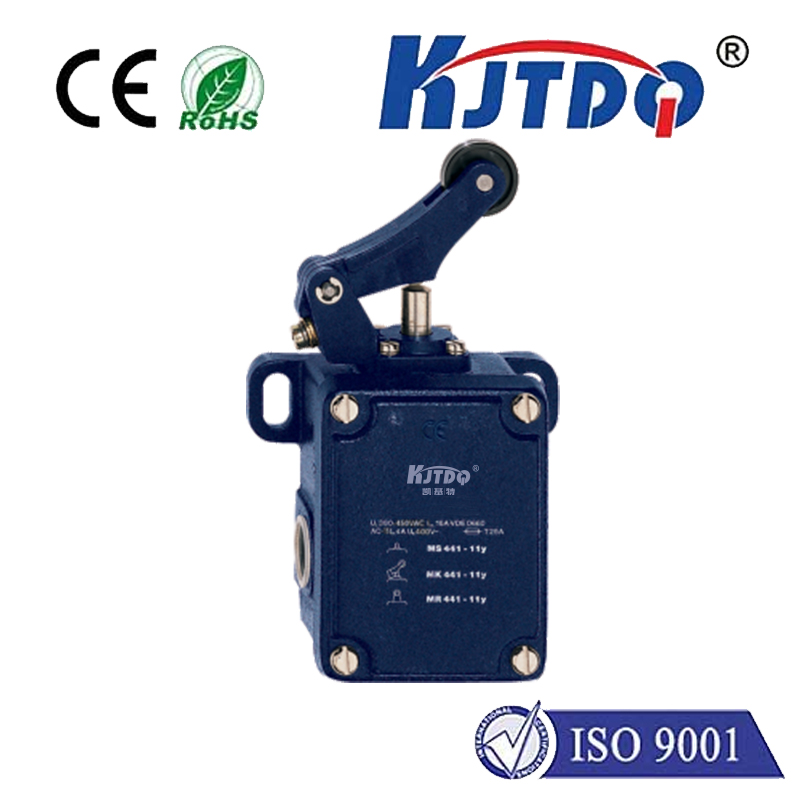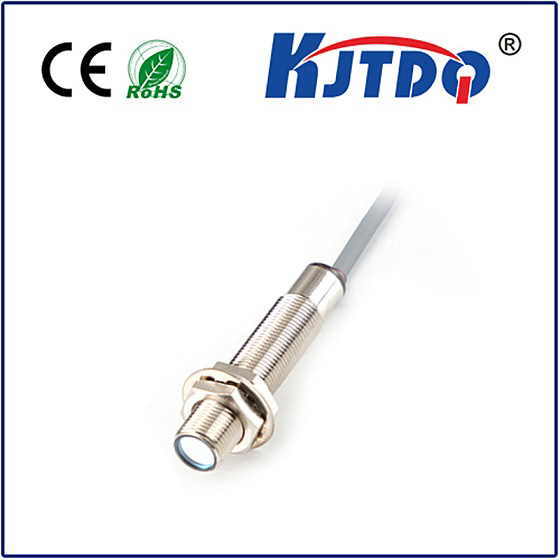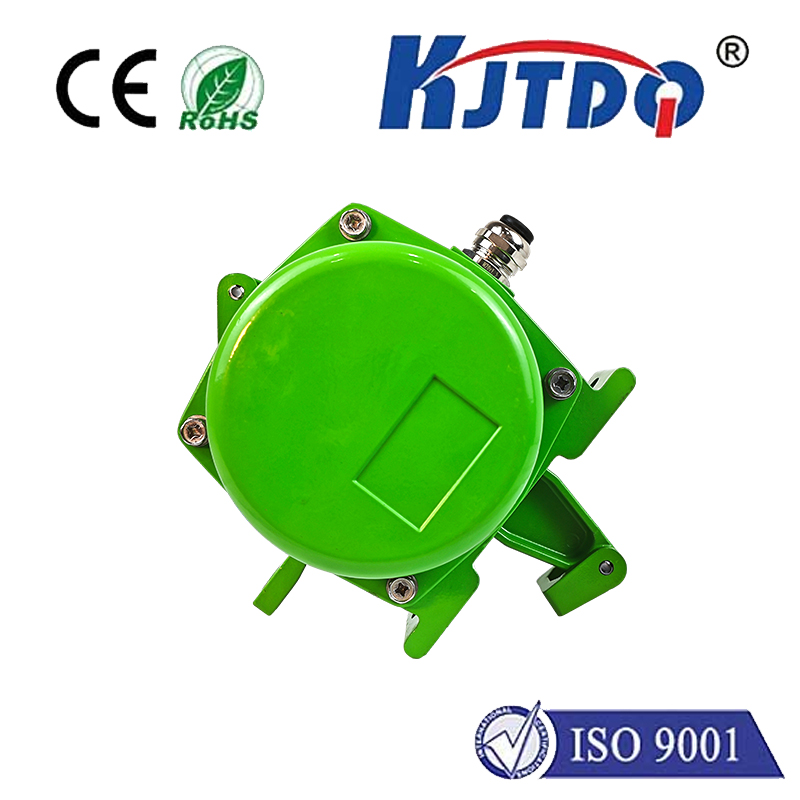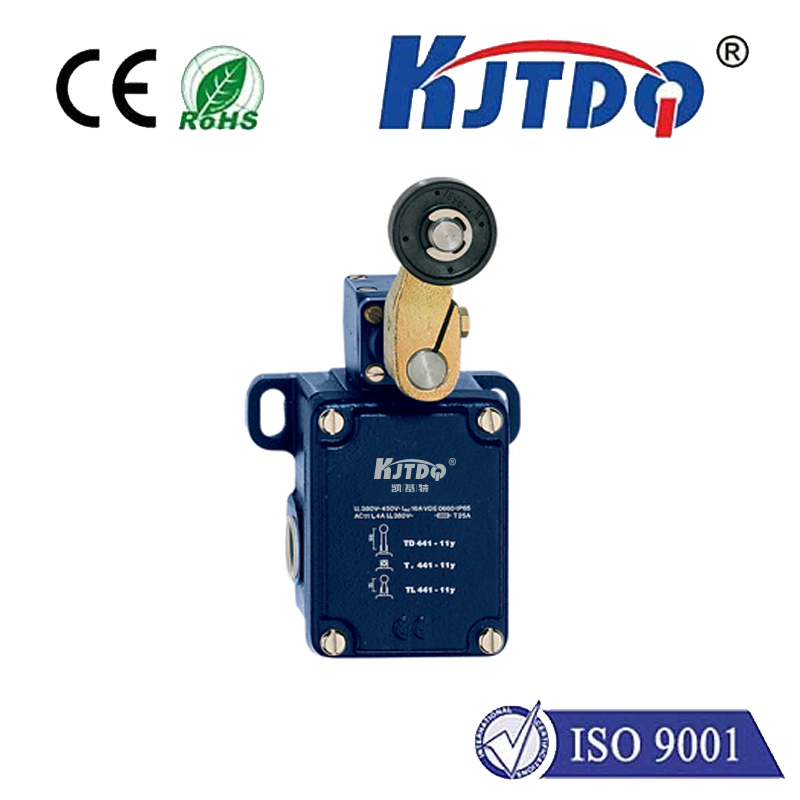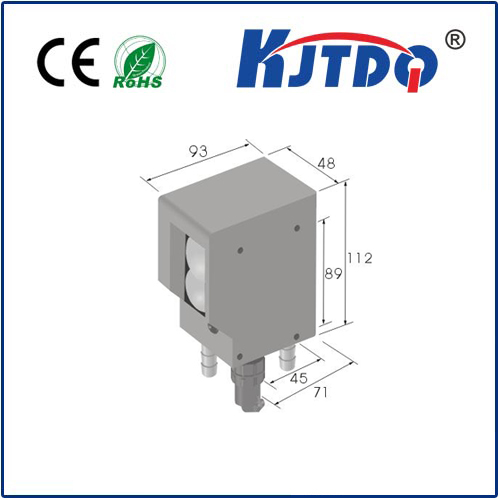

check

check

check

check
A limit proximity sensor (also called a limit switch) is a device used to detect when an object reaches or exceeds a specific position. It is mainly used in mechanical systems, industrial equipment, and automated processes to ensure that objects stop at a specific location or perform specific actions. The function and principle of the limit sensor are as follows:
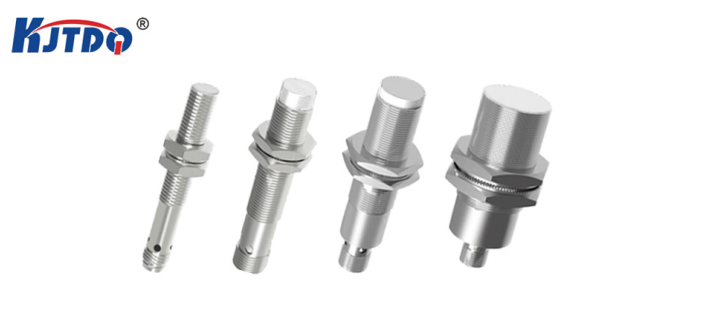
effect:
Position detection: Limit sensors can detect the position of an object and are usually used to determine whether the object has reached a specific position or within a range of positions.
Safety: In some applications, limit sensors are used to ensure that mechanical parts or moving objects do not exceed a safe position, thereby avoiding danger or damage.
Controlling actions: Limit sensors can be used to control the movement of equipment, such as starting or stopping a motor or hydraulic system when an object reaches a specific position.
Automation process: In an automation process, limit sensors can be used to trigger automation steps, such as automatically starting the next operation when an object reaches a certain position.
working principle:
The working principle of the limit proximity sensor can be divided into different methods according to its type, including mechanical, electromagnetic, photoelectric, ultrasonic, etc.
Mechanical limit sensors: These sensors typically trigger a switch state change through mechanical contact of an object. When an object reaches the sensor's trigger point, the switch switches states.
Electromagnetic limit sensors: These sensors use electromagnetic principles to detect the position of objects. For example, a reed switch triggers a switch state change when a magnetic object approaches.
Photoelectric limit sensor: Photoelectric sensor uses optical principle. When an object blocks the light beam inside the sensor, a signal is picked up by the receiver, triggering a switch state change.
Ultrasonic limit sensors: These sensors use ultrasonic waves to measure the distance between an object and the sensor. When an object approaches the sensor, changes in the reflected ultrasonic signal can trigger a switch state change.
In short, limit proximity sensors play an important role in the industrial and automation fields. They control equipment movement, ensure safety, and realize automated operations by detecting the position of objects. Different types of limit sensors have their own working principles, and the appropriate sensor type should be selected according to the needs of the specific application.
